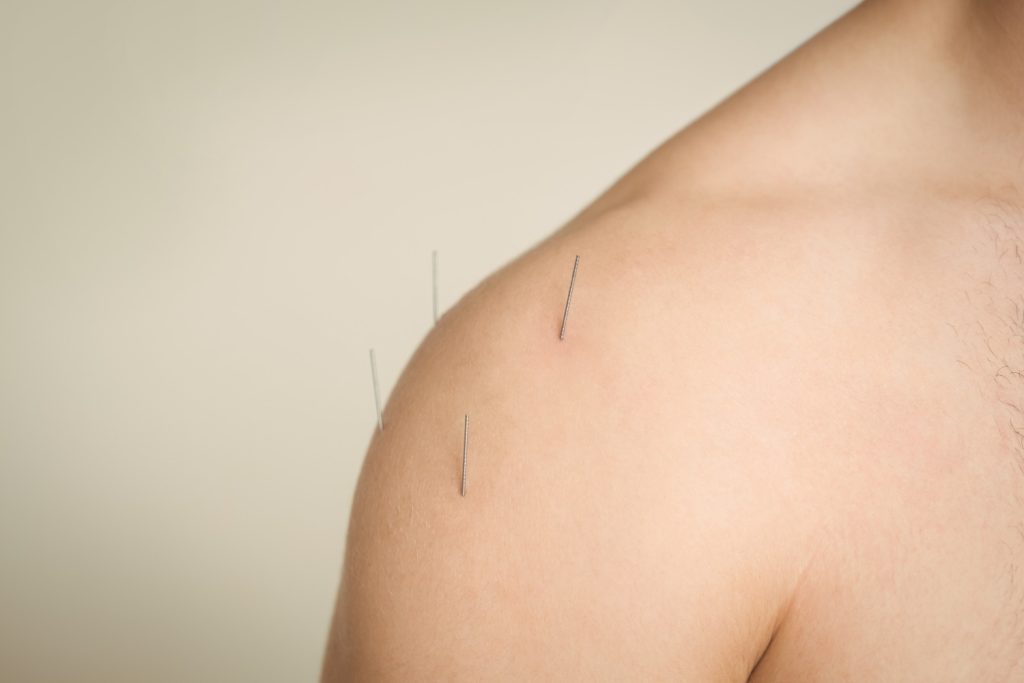Healing from injuries and managing chronic pain can be a difficult journey. Finding effective treatments that speed up recovery is important for getting back to your daily activities. Combining remedial massage with dry needling provides a powerful approach to easing pain and promoting quicker recovery. These two techniques work together to target different aspects of muscle and joint health.
Remedial massage focuses on treating muscles and connective tissues. It helps to reduce muscle tension, improve blood flow, and promote relaxation. Dry needling, on the other hand, targets specific trigger points in the muscles. Using thin needles, it releases tight knots and enhances healing from within.
By incorporating both remedial massage and dry needling into your treatment plan, you can address the root causes of your pain more effectively. This integrated approach not only reduces pain but also enhances your body’s natural healing process. In the following sections, we will explore the benefits of these therapies in detail and provide tips to maximise your recovery.
Understanding Remedial Massage
Remedial massage is a type of therapy that focuses on treating muscles and tissues that are damaged or tense. The main purpose of remedial massage is to find and repair these problem areas to help the body heal. This kind of massage involves applying pressure to specific points on the body, stretching muscles, and using various massage techniques to relieve pain and improve mobility.
Common conditions treated with remedial massage include muscle strains, back pain, and sports injuries. It is also effective for managing chronic conditions like arthritis and fibromyalgia. By improving blood flow and reducing muscle tension, remedial massage helps to speed up the healing process. People with stiffness and pain from everyday activities can also benefit from this therapy.
Exploring Dry Needling
Dry needling is a technique that involves inserting thin needles into specific points in the muscles. These points, known as trigger points, are tight knots that can cause pain and discomfort. Dry needling helps to release these knots, reduce muscle tension, and promote healing. This method is different from acupuncture, which is based on traditional Chinese medicine and focuses on restoring energy flow.
The key difference between dry needling and other methods is its direct approach to targeting muscle knots. Unlike massage or stretching, dry needling goes straight to the source of muscle tension. This makes it an effective option for quickly reducing pain and improving muscle function. By enhancing blood circulation and reducing inflammation, dry needling supports quicker recovery and overall muscle health.
Combined Benefits of Remedial Massage and Dry Needling
When combined, remedial massage and dry needling offer powerful benefits for healing and recovery. Remedial massage helps to relax tension in the muscles and improve circulation. Dry needling, on the other hand, directly targets and releases muscle knots. Together, they address muscle pain and tightness from different angles, making the treatment more effective.
One of the key benefits of this combined approach is faster healing. By releasing tight knots and improving blood flow, the muscles receive more nutrients and oxygen. This speeds up the repair process and reduces inflammation. Additionally, the combination helps to improve overall muscle function and flexibility, which can prevent further injuries.
Tips for Maximising Results
To get the most out of your treatments, it’s important to follow some simple pre- and post-treatment recommendations. These tips will help you maximise the benefits of remedial massage and dry needling.
Pre-Treatment Tips:
1. Stay Hydrated: Drink plenty of water before your session to keep your muscles hydrated and flexible.
2. Wear Comfortable Clothing: Choose loose-fitting clothes to make it easier for your therapist to access the treatment areas.
3. Communicate: Let your therapist know about any specific pain points or areas of concern.
Post-Treatment Tips:
1. Rest: Give your body time to relax and heal. Avoid strenuous activities immediately after your session.
2. Stretching: Gentle stretching can help maintain the flexibility gained from your treatment.
3. Apply Heat/Ice: Use a warm compress or ice pack on the treated areas to reduce any soreness or inflammation.
Daily Practices:
1. Stay Active: Regular light exercise can keep your muscles strong and flexible.
2. Good Posture: Maintain good posture to avoid putting extra strain on your muscles.
3. Healthy Diet: Eat a balanced diet to provide your body with the nutrients it needs for healing.
Conclusion
Combining remedial massage and dry needling is a highly effective approach for faster healing and recovery. These treatments work hand-in-hand to reduce muscle tension, improve circulation, and promote overall muscle health. By following simple pre- and post-treatment tips, you can maximise the benefits and support your body’s healing process.
Investing in these treatments can help you recover more quickly from injuries and manage chronic pain effectively. If you’re interested in experiencing the benefits of remedial massage and dry needling, Rin Massage Therapy is here to help. Don’t wait to take the next step towards a pain-free life.
Book your session with Rin Massage Therapy, a massage clinic, today and start your journey to faster healing and recovery!

